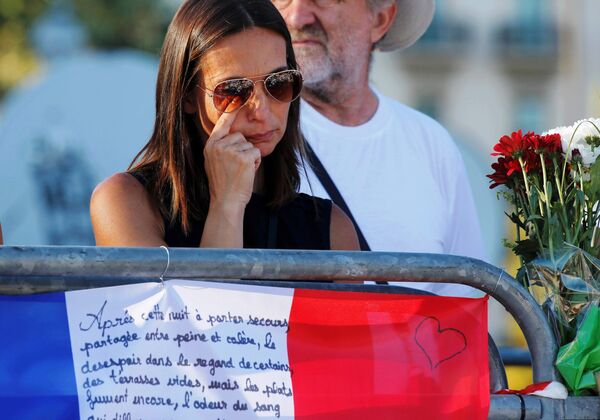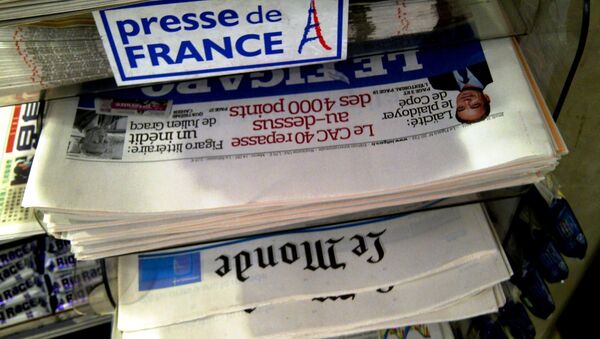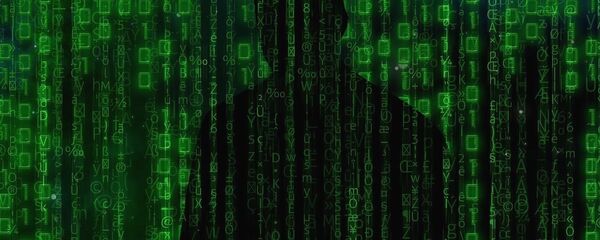"Following the Nice attack, we will not publish [photographs of killers] to avoid possible effects of posthumous glorification," Jerome Fenoglio managing editor of Le Monde said in an editorial, while calling for "introspection" in the French media.

It's a policy aimed at preventing so-called "posthumous glory," with broadcaster BFMTV following Le Monde's lead not to broadcast pictures of attackers.
"Given the accumulation of attacks in France, we do not want to create a rogue's gallery of terrorists," Alexis Delahousse, deputy director of BFMTV said.
"So we stopped publishing their photos, which does not prevent [the investigation]… The only exception to this principle is a 'wanted' notice issued by the police [which helps] investigators."
The editorial decision not to publish photographs of known terrorist attackers also follows the recent murder of a Catholic priest in Normandy.
"We owe it to all the victims of the criminal group known as Islamic State [Daesh] and since Tuesday 26 July, we owe it to the memory of Father Jacques Hamel, assassinated in his church," Jerome Fenoglio said.
The image of Adel Kermiche, who is accused of murdering Hamel, has been blurred by many media organizations.
First Le Monde, now French BFMTV chooses not to publish pictures of terrorist attackers #France #Lemonde https://t.co/2cmjONri0G
— Gavin Lee (@GavinLeeBBC) July 27, 2016
However, there are concerns that banning pictures from broadcast media and newspapers won't go far enough to combat the "posthumous glory" afforded by accused terrorists.
Fenoglio warns that without a "conscious effort on the part of companies controlling social networks and mass media," it would be harder to resist the "strategy of hate" Daesh.
Figures released in April 2016, reveal that more than 55,000 online pages of Daesh-related content was removed in 2015 — up from nearly 18,000 in in 2013.
However, pressure is mounting on online social media giants like Facebook and Twitter to do more to stop the proliferation of terrorism-related propaganda infiltrating its networks.



